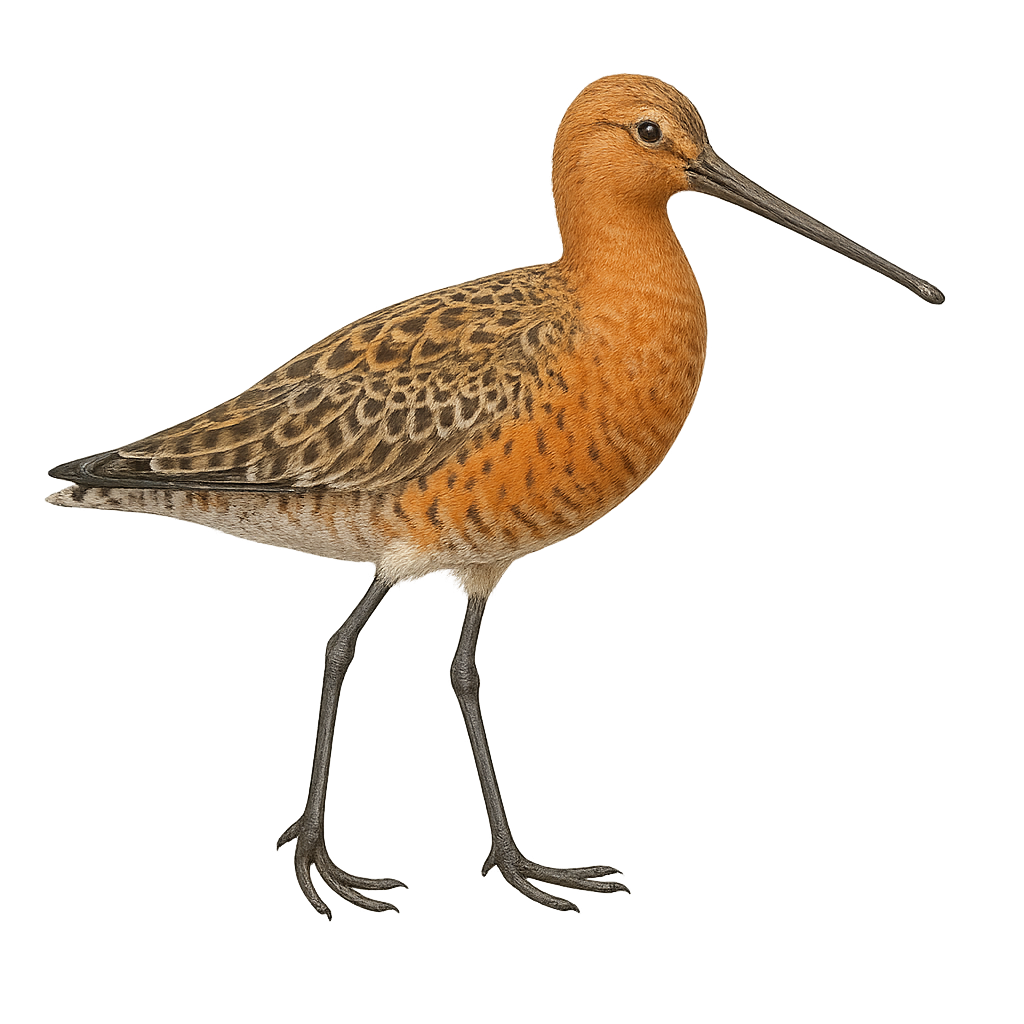Your wildlife photography guide.
Explore the asian dowitcher in detail, study its behavior, prepare your shots.
Where to observe and photograph the asian dowitcher in the wild
Learn where and when to spot the asian dowitcher in the wild, how to identify the species based on distinctive features, and what natural environments it inhabits. The WildlifePhotographer app offers tailored photography tips that reflect the asian dowitcher’s behavior, helping you capture better wildlife images. Explore the full species profile for key information including description, habitat, active periods, and approach techniques.
Asian Dowitcher
Scientific name: Limnodromus semipalmatus

IUCN Status: Near Threatened
Family: SCOLOPACIDAE
Group: Birds
Sensitivity to human approach: Suspicious
Minimum approach distance: 10 m
Courtship display: May to June
Incubation: 20-22 jours
Hatchings: May to July
Habitat:
Coastal areas, estuaries, salt marshes
Activity period :
Primarily active during the day, with peak activity in the morning and late afternoon.
Identification and description:
The Asian Dowitcher is a medium-sized wader bird, identifiable by its long straight bill and partially webbed feet. Its plumage is mainly brown with lighter patterns on the belly, allowing it to blend into the wetland habitats it frequents. It is often seen in coastal areas, estuaries, and salt marshes in Asia, where it feeds on small invertebrates by probing the mud with its bill. As a migratory bird, it travels long distances between its breeding sites and wintering grounds. Although its conservation status is concerning, efforts are underway to protect its habitats and ensure its survival.
Recommended lens:
400mm – adjust based on distance, desired framing (portrait or habitat), and approach conditions.
Photography tips:
To photograph the Asian Dowitcher, it is advisable to use a telephoto lens of at least 400mm to capture detailed images without disturbing the bird. Look for coastal areas or estuaries where these birds often feed. Be patient and discreet, as they can be suspicious. Favor times of the day when the light is soft, such as early morning or late afternoon, to achieve quality shots with beautiful natural colors.
The WildlifePhotographer App is coming soon!
Be the first to explore the best nature spots, track rutting seasons, log your observations, and observe more wildlife.
Already 1 432 wildlife lovers subscribed worldwide

